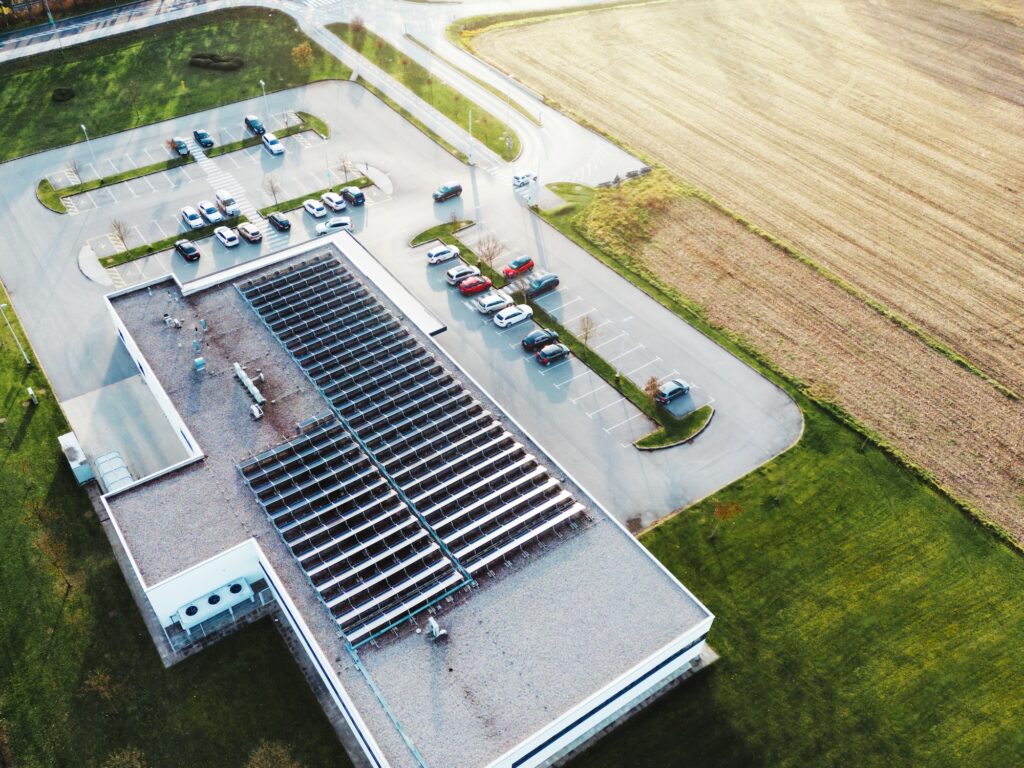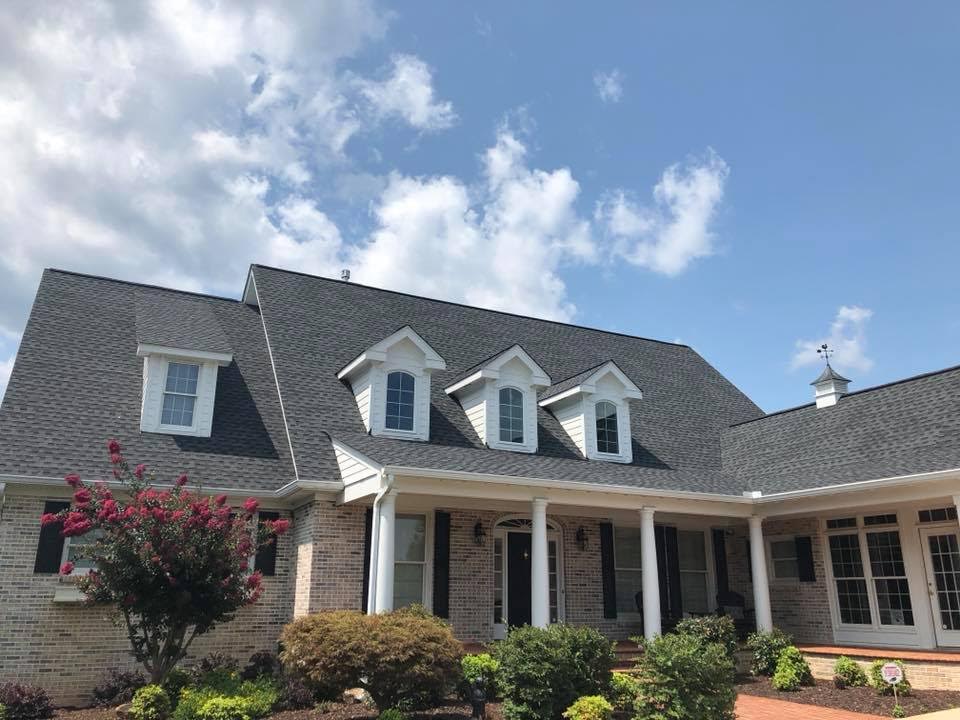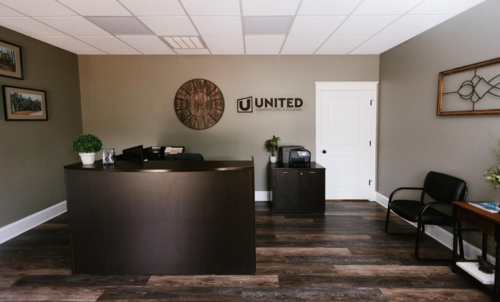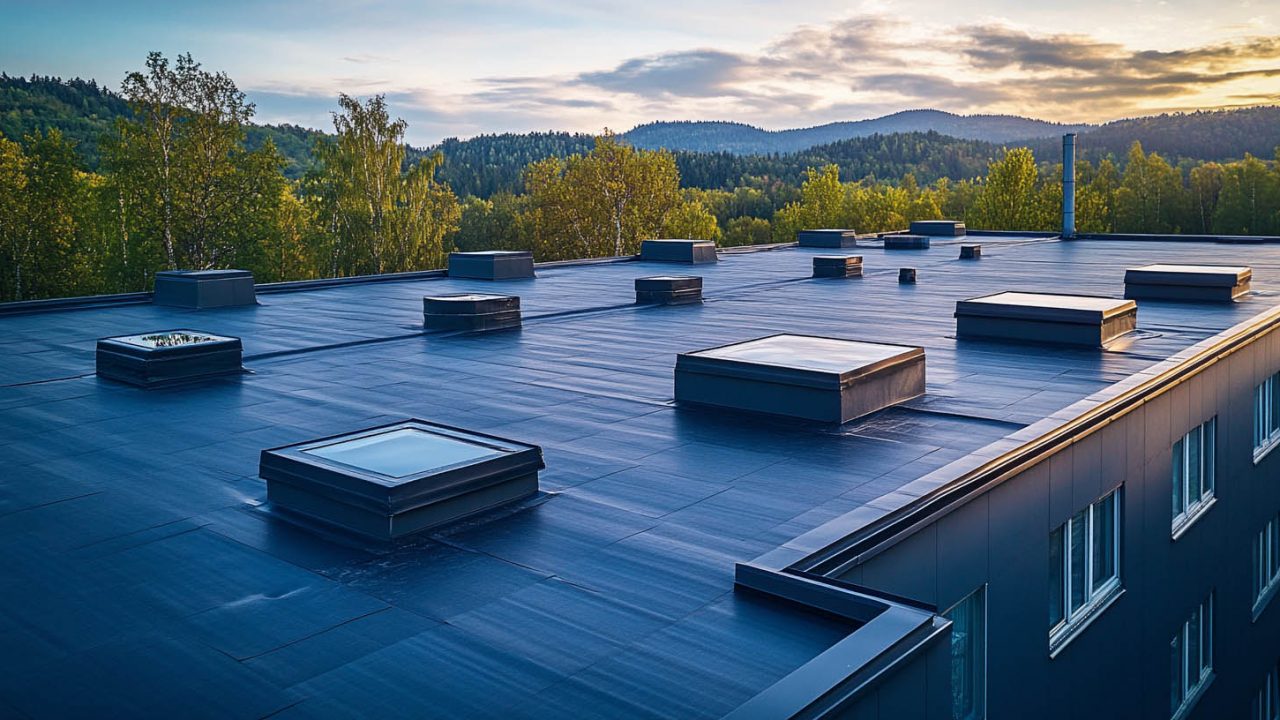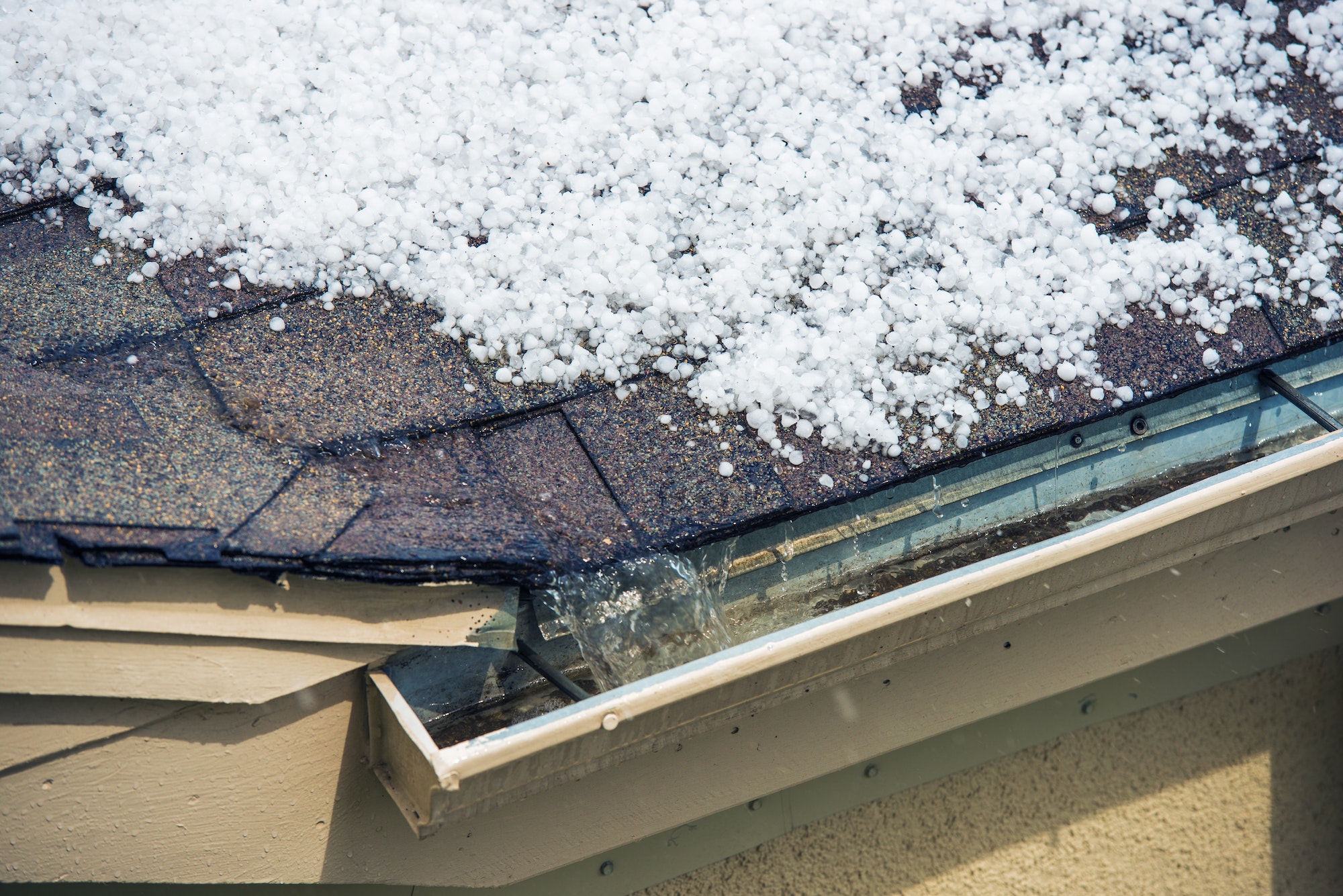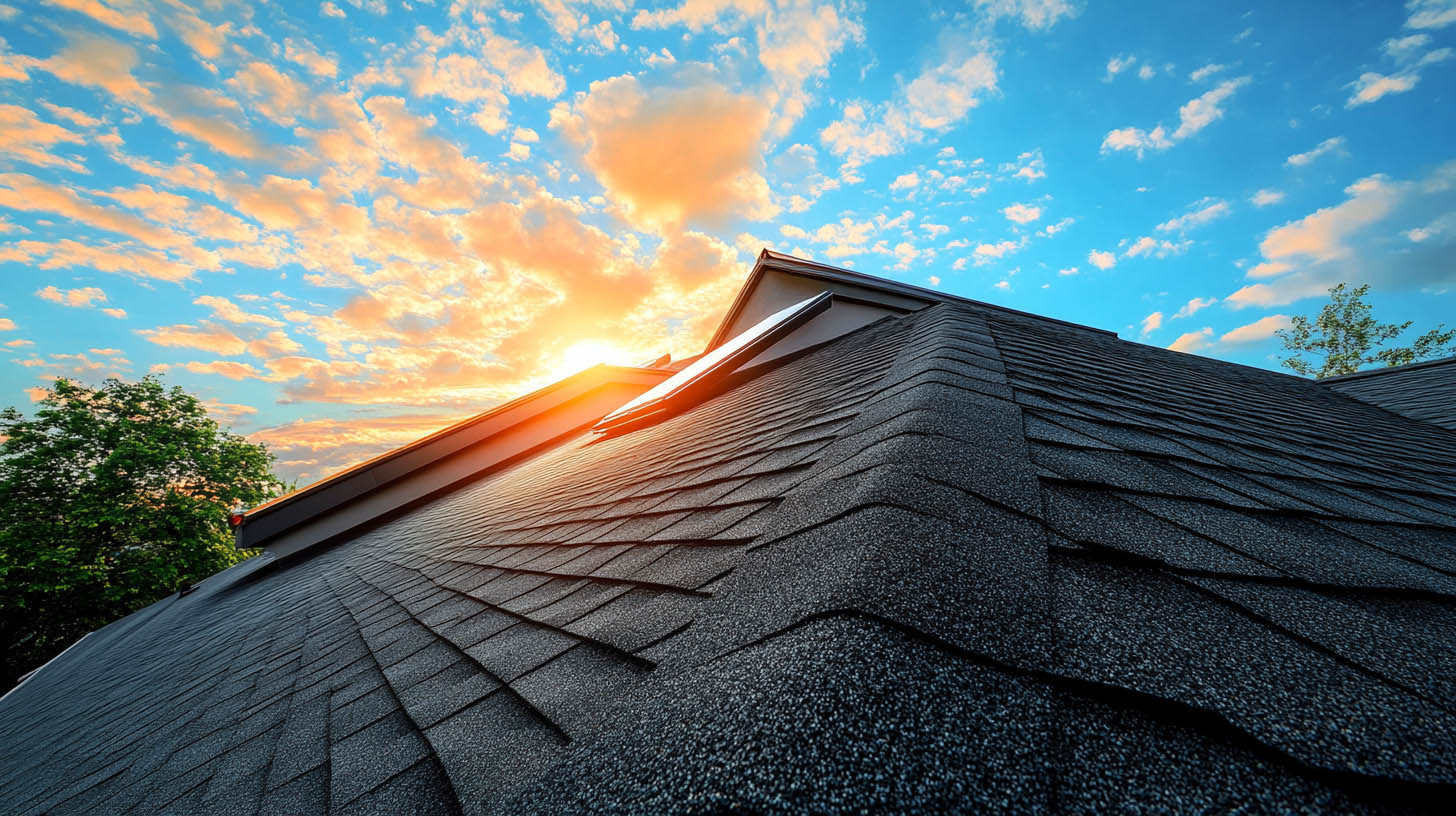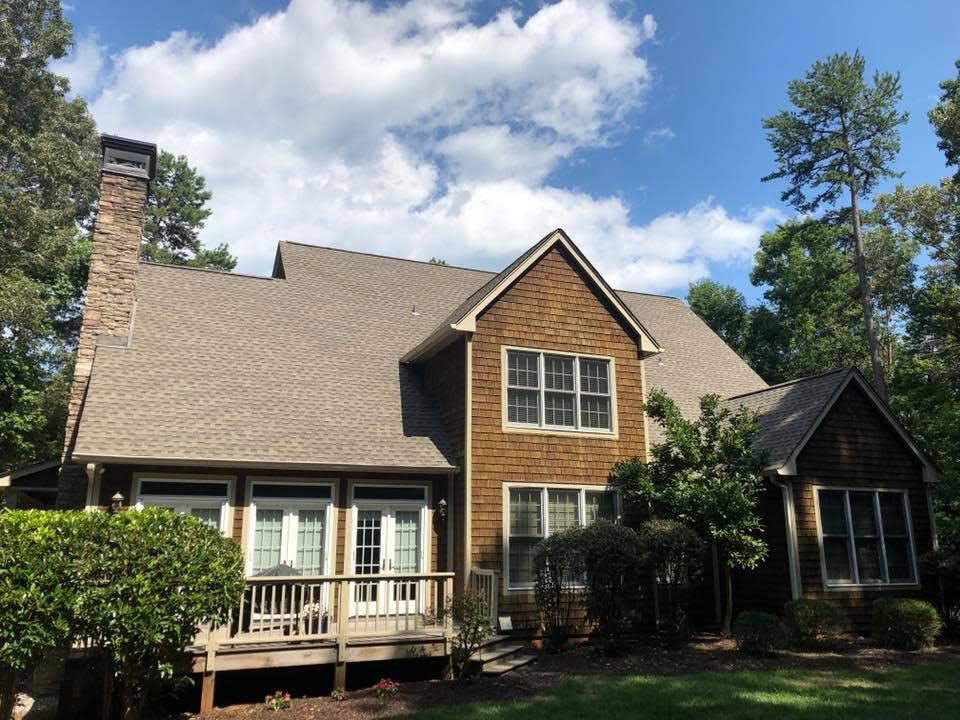Selecting the right roofing membrane for your commercial property is essential to ensure durability, weather resistance, and energy efficiency. At United Contracting & Roofing LLC, we provide expert guidance on choosing the best roofing solutions tailored to your needs.
What Are Commercial Roofing Membranes?
Commercial roofing membranes are materials specifically designed to cover and protect large buildings such as offices, warehouses, and shopping malls. They are engineered to be durable, waterproof, and resistant to weather conditions. The two most common types of commercial roofing membranes are Thermoplastic Polyolefin (TPO) and Ethylene Propylene Diene Monomer (EPDM).
Thermoplastic Polyolefin (TPO)
TPO roofing membranes are made from a blend of polypropylene and ethylene-propylene rubber. These materials create a robust, flexible roofing solution with several key features and benefits:
- Energy Efficiency: TPO membranes are typically white or light-colored, reflecting sunlight and reducing heat absorption. This reflective property can lower cooling costs and improve overall energy efficiency.
- UV Resistance: Designed to resist ultraviolet (UV) radiation, TPO roofing materials maintain their integrity over time and extend the roof’s lifespan.
- Durability: TPO membranes offer excellent resistance to weathering, ozone exposure, and chemical damage, making them a long-lasting roofing option.
- Environmentally Friendly: TPO is recyclable, reducing the environmental impact of roofing materials.
- Easy Installation: Available in large sheets, TPO membranes can be mechanically fastened, adhered, or heat-welded, ensuring a seamless and watertight installation.
- Versatility: Suitable for various commercial buildings with flat or low-sloped roofs.
- Cost-Effective: TPO systems are generally cost-effective, providing an attractive option for many projects.
Ethylene Propylene Diene Monomer (EPDM)
EPDM roofing membranes are composed of synthetic rubber, offering several advantages for commercial roofing applications:
- Weather Resistance: EPDM membranes resist weathering, UV radiation, and ozone exposure. They can withstand extreme temperatures without becoming brittle or degrading.
- Waterproofing: EPDM provides an effective barrier against water, preventing leaks and protecting the building’s interior.
- Flexibility: EPDM can expand and contract with temperature changes without losing integrity, reducing the risk of cracks and tears.
- Longevity: Properly installed and maintained EPDM roofs can last over 30 years.
- Easy Installation: Available in large sheets, EPDM can be fully adhered, mechanically fastened, or ballasted, simplifying the installation process.
- Low Maintenance: EPDM roofs require minimal maintenance, with regular inspections and minor repairs ensuring their longevity.
- Environmentally Friendly: EPDM is recyclable, contributing to sustainable building practices.
Comparing TPO and EPDM Roofing
TPO Roofing
TPO roofing is favored for its energy efficiency and ease of installation. Its reflective surface reduces cooling costs, making it ideal for buildings in warmer climates. TPO membranes are also durable, withstanding various environmental factors. However, the performance of TPO can vary based on the manufacturer, so it’s crucial to select high-quality materials and work with reputable contractors.
EPDM Roofing
EPDM roofing is known for its exceptional weather resistance and flexibility. It performs well in both hot and cold climates, making it a versatile option. EPDM’s long lifespan and low maintenance needs make it a cost-effective choice for flat roofs. Black EPDM is the most common, but white EPDM is available for increased energy efficiency.
Making the Right Choice
Choosing between TPO and EPDM depends on specific project requirements and environmental conditions. Here are some considerations to help guide your decision:
- Climate: TPO is beneficial in hot climates due to its reflective properties, while EPDM performs well in a wide range of temperatures.
- Energy Efficiency: Both TPO and white EPDM offer energy-saving benefits, but TPO’s reflective surface provides superior cooling efficiency.
- Durability: Both materials are durable, but the specific conditions of your roof, such as exposure to chemicals or extreme weather, may influence the best choice.
- Installation: Consider the ease of installation and the experience of your roofing contractor with each material.
- Cost: Evaluate the upfront costs and long-term savings associated with each roofing system.
Conclusion: Choosing the Best Roofing Membrane
Selecting the right roofing membrane for your commercial property is crucial for its performance and longevity. At United Contracting & Roofing LLC, we provide expert advice to help you make an informed decision. Whether you choose TPO or EPDM, ensuring proper installation and regular maintenance will maximize your roof’s lifespan and efficiency.For more insights into assessing the energy efficiency of your roof, click here.

